Two weeks ago, Jérémie and I took one of the aeroclub’s DR-400 airplanes (the 160hp F-GUYA) to make a flight excursion from Toulouse to the North Cape (Nordkapp, in Norway) as part of a “Fly out” organized by the Aviation Society of the Airbus Staff Council, together with 2 other aircraft, the F-BERB (with Norbert and Dominique, who organized the trip) and the F-PANI (with Anne and Nicolas).
At the beginning of the post I will focus on the different flights and share some pictures (taken either by me or Jérémie and Dominique, the ones with more quality) and at the bottom of the post I will leave some more technical details helpful for the preparation of such a trip.
Day 1 (July 17th) – Toulouse Lasbordes (LFCL) – Verdun (LFGW)
We departed one day before the other airplanes to ensure that the engine hours of our airplane would not be consumed during a Saturday with good weather in Toulouse. However, North of Aurillac the weather was not so good so we waited until early in the afternoon to fly to Verdun. Even if not necessary we filed a flight plan and climbed to FL075 for most of the trip, to fly VFR on top of the clouds around the Massif Central and we just descended under the clouds some miles before the destination.
Once at Verdun we refueled the airplane, parked it for the night and booked a room at the Ibis budget hotel, which is however 5km from the aerodrome. A kind member of the local aeroclub gave us a lift to the hotel.
Day 2 (July 18th) – Verdun (LFGW) – Doncourt (LFGR) – Tønder (EKTD)
The morning after we did not have a transport to the aerodrome as apparently there were no taxis in the surroundings, so we had to walk to the airport; a hike that took us well over an hour with the bags and by some wheat fields.
We then made a short (~40′) flight to Doncourt, not without flying over some of the fields and memorial monuments of the WWI battle of Verdun. We then arrived to Doncourt, which has as A/A frenquency 123.500 and that was confusing as there are other aerodromes not too far using the same frequency, causing you to hear messages unrelated to the aerodrome you are about to land.
At Doncourt we refueled again and had a chat with a member of the local club. I went to pick some snacks from a local backery (less than 1km away) while we waited for the F-BERB. We then had a picnic at the aerodrome before departing for Tønder.
For the flight to Denmark we had to file a flight plan. We used a simple route based on the location of some VOR (DIK NOR BOT NDO). We were going to overfly Luxembourg and the whole of Germany. We climbed again to FL075 and were cleared (after the F-BERB) by the ATC (Langen radar) to fly through class C spaces around Cologne and Düsseldorf. Later, we listened in the radio that the F-BERB was descending to 3,000ft and below somewhere North of Bremen so we followed suit. From there and until nearly the border with Denmark the ceiling was at around 2,000ft, but since the ground is almost at sea level the flight was still comfortable. The West coastline of Schleswig-Holstein was wonderful.
When we arrived at Tønder the F-PANI was already on ground and the F-BERB landed shortly after. Our flight plan had not been properly communicated and we were not expected, nor could refuel as we did not have local currency (DKK). We booked rooms in hotels in the village which was at walking distance. We then gathered at the Cafe Arthur and enjoyed our first dinner together as members of the fly out. There Dominique offered us a bottle of Saumur red wine that he had brought to celebrate that first night.
Day 3 (July 19th) – Tønder (EKTD) – Bergen (ENBR) – Trondheim Værnes (ENVA)
We woke up early as we wanted to be ready at the aerodrome at 7am to refuel the airplanes and had a 25-minute walk before to get to the aerodrome. The person in charge of the fuel station arrived a bit later but we were ready for departure at around 8am. We had filed another flight plan to fly to Bergen in Norway.
Flying over Denmark, despite its flatness, was nice, with the coast to the West, small crop fields and villages, including the coastal city of Esbjerg where my brother spent 2 weeks of the summer of 2002. We flew by the coast up until the village of Hanstholm (close to Thisted aerodrome) and then took a North West heading towards Norway with a transit of just above 30 minutes over the North Sea.
Once in Norway we continued flying along the Southern coast, overflying the airports of Farsund Lista, Stavanger Sola and Karmøy until we reached Bergen. During that flight of over 4 hours we enjoyed the good weather and the views.
At the tarmac in Bergen we spent some time between refueling and then waiting for the police to check our EU Covid-19 passport so that we were cleared to enter the country. We then purchased online the week pass covering the landing fees in all Norwegian airports, filed another flight plan and off we went for our next destination: Trondheim.
In that second flight, the sky was covered with clouds but the ceiling was not very low so it allowed for a relatively comfortable flight enjoying the views of the different islands. Once arrived at Trondheim we refueled, parked the plane, were taken in a small bus to the general aviation exit of the airport and walked to our hotel (Radisson Blu at the airport). We had dinner at the hotel restaurant and studied the weather which started to degrade.
Day 4 (July 20th) – Trondheim Værnes (ENVA) – Brønnøy (ENBN) – Bodø (ENBO) – Alta (ENAT)
In the first flight of the day we tried to reach Brønnøy overflying some fjords in the interior and flying over Namsos but before reaching that point there was no visibility and the F-PANI and us had to take a U-turn back to the fjord of Trondheim and get to the coastline overflying Orland airport. In flight we learnt that a NOTAM had been published informing that there was no Avgas that day at Brønnøy. Despite of that we landed there, which wasn’t easy as just when arriving there were some showers, so we had to hold first at the South and then changed our plan and approached the airport from the North West. At the airport we studied again the weather to the next airport where we could refuel, Bodø, a flight of just over an hour.
During the flight to Bodø we had a lower ceiling (at around 1,200ft, flying at below 1,000ft) and showers here and there. Though just at the airport the weather was clear. We landed, refueled, quickly ate some bananas and got ready for the next flight to Alta.
For the flight to Alta we would have liked to enjoy the view of the Lofoten islands, but seeing the weather and winds, we rather flew towards Leknes and then by the Western coastline of those islands. We passed by the West of Andenes. At that point the weather conditions were not very good, the flying was not easy. We counted with the help of the ATC and the messages exchanged between our 3 airplanes. Once we passed the latitude 70°, North of Tromsø, we got encouraging messages from the F-PANI, but as we were approaching Alta the weather was still not getting better, with very strong winds entering the Stjernsundet fjord to get to Alta. The airport in Alta was at the end of another fjord and at that point the wind was calmer and we landed.
The airport was closing so we just had time to get some help to get a taxi, book a room at the Scandic hotel and had dinner at Du Verden. The study of the weather during that dinner was not very positive, but we still gave us until the next morning to decide what to do the following day.
Day 5 (July 21st) – Alta
Before breakfast at 7am we looked at the weather and decided not to attempt to reach the North Cape that day, as the conditions were not very good with winds, rain and clouds. We booked another night at the hotel and the group split in two: Dominique and Norbert went to the airport to refuel the 3 planes, while the rest of us went to the museum of Alta to visit the Rock carvings (see related post). On the way there there was some rain but later on the sky became clear and we continued walking around for a total of more than 12km that day.
Back at the centre of the village we got some food for the plane (so we could have something to eat in the stops), we took a closer look at the iconic Northern Lights Cathedral and later met the group for dinner at a pizza restaurant, where again we studied the weather for the following morning, when we would attempt to fly by the North Cape followed by a flight to Tromsø.
Day 6 (July 22nd) – Alta (ENAT) – Alta (ENAT) – Bodø (ENBO)
We woke up early again, took breakfast together at 7am and got ready to go to the airport and wait for the weather to become more favorable. After about an hour, the F-BERB departed first by the fjord and then flying over the terrain to reach Porsangerfjord at the East and reach the North Cape from the South. A bit later the F-PANI and us left following the fjords (flying by Hammerfest) and reaching the North Cape from the West, took some pictures of it and then took heading for the South West.
The F-PANI flies much faster and at some point they reached a situation without visibility so they took a U-turn and so we did and both airplanes flew back to Alta, where we refueled again and stayed for some more time waiting for a front of clouds and rain to pass.
We then departed again, this time reaching the coast directly through the fjords to then follow the Western coast of the Lofoten islands on the way to Brønnøy. That flight was a very complex one. Already getting out of the fjords was difficult with very low ceiling, flying at 500ft, some showers, low visibility… flying with the help of the GPS to ascertain where the other side of the fjord or the next island would appear.
After 1h30′ the sky became somewhat clearer and just when we were going to fly West of Andenes airport we received a message from the F-BERB informing that the weather by the interior of the Lofoten islands was better and we could see some light from afar at that point so we changed plans and took heading for Evenes airport. We then enjoyed an hour of very pleasant flight over the islands and turquoise waters.
We flew past Bodø and exchanged some messages with the other airplanes about plans in Trondheim after refueling at Brønnøy only to find that some 40nm South of Bodø visibility was very bad and the ceiling very low. The difference now was that the area is full of small rocky islands, so at that point we made another U-turn and flew back to Bodø. The visibility at the airport was very low as well so we waited holding flying in circles at some 600ft for a few minutes about 20nm South of the airport until the controller offered to guide us to the airport under Special VFR.
We landed, refueled, called the tower by phone to thank the ATC for his help, booked a hotel by the harbor (Radisson Blu) and had dinner at Bjørk. Back at the hotel we studied the weather again and decided to go early to the airport to see if we could depart the following morning.
Day 7 (July 23rd) – Bodø
We reached the airport earlier than 7am to see if we could leave, but hesitated as the weather conditions were still quite degraded and were not getting better. After a couple of hours at the airport we gave up, called our colleagues at Trondheim (who then pursued their trip) and went back to book another hotel (Zefyr) and took the opportunity to visit the Norwegian Aviation Museum (see related post).
In the afternoon I went to rest at the hotel, while Jérémie went visiting around the city. For dinner we went to Burgasm (with a very comprehensive variety and customization of burgers).
Day 8 (July 24th) – Bodø
This day the weather was still pretty bad, as another low pressure front was coming from the South West and expected to hit the coast. We went to visit the Salmon centre by the harbor and then to the airport to move the airplane and align it with the strong winds that would blow later in the evening (and hopefully clear the local weather so that we could depart the following morning). That evening we had dinner at En Kopp, with very good fish dishes.
Day 9 (July 25th) – Bodø (ENBO) – Kjeller (ENKJ) – Tønder (EKTD)
We left the hotel at 6am to try to be ready to fly at 7am and so we did. That day the weather was finally good, with just some clouds at 3,000ft around Bodø but clearing further South. We continued flying along the coast down to Brønnøy while climbing first to 4,500ft and then to 6,500ft in order to fly to the interior of the country, East of Trondheim, flying over Røros and approaching the TMA of Oslo Gardermoen from the North, flying by the East of the CTR and finally landing at Kjeller aerodrome (the first aerodrome built in Norway in 1912), where the weather was completely different, blue sky and hot temperatures.
Funnily enough, at the fuel station of Kjeller we met a local who had been in Toulouse learning to fly aerobatics and knew some members of one of the aeroclubs in Toulouse Lasbordes. We had lunch there, studied the weather again ahead of the crossing of the sea and the flight over Denmark, where storms were announced.
Shortly after we took off again from Kjeller, overflew Rygge and continued our flight to the South very close to the separation between the Norwegian and the Swedish FIR, while having the Swedish coast in sight for most of the time until we could see from afar the thin peninsula of Skagen in Denmark. This time we flew closer to the East of Jutland to avoid the storms that seemed to be more to the West. We left Aalborg to the West, then Billund and the ATC of Skrydstrup helped us in flying through some local cumulonimbus and showers, until we were finally in sight of Tønder.
At Tønder we met some of the members of the local club and later came the person in charge of the refueling station (as Norbert had called him to make sure they were aware of our arrival). This time we were able to pay in euros, so we refueled that same afternoon, before we were offered a lift to the Motel at the centre. We then went again to Cafe Arthur.
The following day would be a long one and the weather forecast wasn’t very good for Denmark or Luxembourg, but seemed OK to cross Germany. Following the example of the F-BERB we decided to go very early to the aerodrome to take off as soon as we could.
Day 10 (July 26th) – Tønder (EKTD) – Doncourt (LFGR) – Alès Cévennes (LFMS) – Toulouse Lasbordes (LFCL)
We woke up at 4:30am and left at 5:10 for the aerodrome. While walking the sky was clear, but when the aircraft was ready mist was taking over. When we were about to align on the runway we could not see further than half of it, so we went back to the parking, switched off the engine and waited a few minutes.
A bit later, when the mist seemed to have cleared a little bit and we had good visibility of the whole runway we tried again to take off and this time we went to the air leaving the low level mist below us and we continued our flight on top to the South, immediately crossing to Germany.
We flew at 4,500ft until Nordholz and then climbed to FL065 to have better visibility of the cities ahead of us. Later, ahead of reaching the class C spaces around Düsseldorf and Cologne the ATC gave us clearance and asked us to climb to FL070 to stay in VMC conditions, as around Cologne the clouds became more numerous and were quite abundant by the time we overflew Luxembourg.
Once we had crossed to the French air space we looked for a hole among the clouds so we could get below by flying down in circles making a downward spiral, and so we did, until we were below the ceiling at just around 1,000ft above ground level. We then informed the ATC of Strasbourg that we diverted to Doncourt instead of flying to Verdun, in order to land sooner instead of flying longer at that low altitude.
We then called the BRIA of Bordeaux to close the flight plan, refueled the plane, ate a little and studied the weather in France, which didn’t seem very good around the Massif Central nor West of it. After some careful study we guessed that the safest approach would be to make a small detour and fly South towards Toulouse by Dijon, Lyon, Nîmes, Montpellier and Carcassonne, and so we did.
We only encountered some showers before reaching Dijon, but further South the weather was good and we only had to watch out for some glider activity at some points around Lyon. We made a refueling stop at Alès Cévennes before getting ready for the last flight of the excursion.
Flying to Toulouse through the corridor of Montpellier – Carcassonne is something I had done a few times, so we just focused on staying alert as the day was getting long and we were becoming tired.
We finally landed at Toulouse Lasbordes, where Dominique and Norbert (who had arrived two days earlier) were waiting for us. They brought a bottle of champagne which we drank by the airplane still on the tarmac. They then helped us getting the airplane in the hangar, we said good-bye, continued cleaning the plane, filled in the papers… and savored the moment of what we had just accomplished: flying VFR all the way to the North Cape and back.
Trip preparation and tips
- We flew for over 46 hours, the other plane departing from Toulouse did 43 hours. On flying days the average flying time was almost 7 hours per day, with a maximum over 9 hours the last day. We completed 15 flights.
- We were stranded 3 days without flying, the other airplanes only 1, but the F-BERB in a similar excursion years ago also lost some 3 days. We also had to delay our departure by 4-5 days due to heavy rain in the North of France, Belgium and South of Germany around the targeted departure date. Thus, it would be prudent to budget in your calendar at least 10 days for the trip.
- The excursion was mainly about flying, preparing flights, refueling, studying the weather (at dinners, breakfasts and refueling pauses). We only had time to visit the places when we were stranded. Thus, it is trip for dedicated aviation enthusiasts.
- We opened an account at the Norwegian Avinor site. It’s free of charge and it contains all the aerodrome charts, AIP, weather information and a tool to file flight plans. In that site you’ll be able to get a week pass to cover all the landing fees for about 94€ (in July 2021).
- For the preparation of the flights and the navigation we relied on SkyDemon (I took 1 month subscription for 14€) from an iPad Mini (however I used an external GPS connected to the iPad, this proved tricky for the battery management in the flights over 4 hours). The good resolution of SkyDemon was very valuable to fly along the coast when visibility was low.
- Special attention needs to be paid to where you can refuel. About half of the airports in Norway do not have Avgas 100LL. Most of the ones that do have Avgas do not accept cash or credit card payment, but are divided into those which accept the Air BP card (which we had) and the ones accepting the Shell card (which we didn’t have, those part of the AFSN network – there was an AIP from just a few months before informing about that). Therefore we were effectively restricted to about one fourth of the airports (that is an element when thinking about flight planning and potential diversions, whether they may occur at the end or beginning of a flight). The best would be to depart with both the BP and the Shell cards.
- All of the airports we landed were of moderate size with long runways.
- The Norwegian ATC was quite helpful all along the trip and accommodated to many of our requests. When flying low sometimes we did not appear in their radar and sometimes the radio reception was poor, but those instances did not last long.
- There was not much VFR traffic in the North, most of the other aircraft in the frequency were commercial aircraft from mostly Widerøe, Norwegian and SAS.
- We did not make any hotel reservation in advance, only when landing at each airport in the afternoon, as we were not sure of whether we would be able to make it to the intended destination (a couple of times we didn’t). Once landed we made the reservations via booking.com.
- The overall budget (including the cost of the flight hours including fuel (the largest cost by far), landing fees, hotels, meals, etc) for our plane has been around 9,500€ (less than 5,000€ per person).




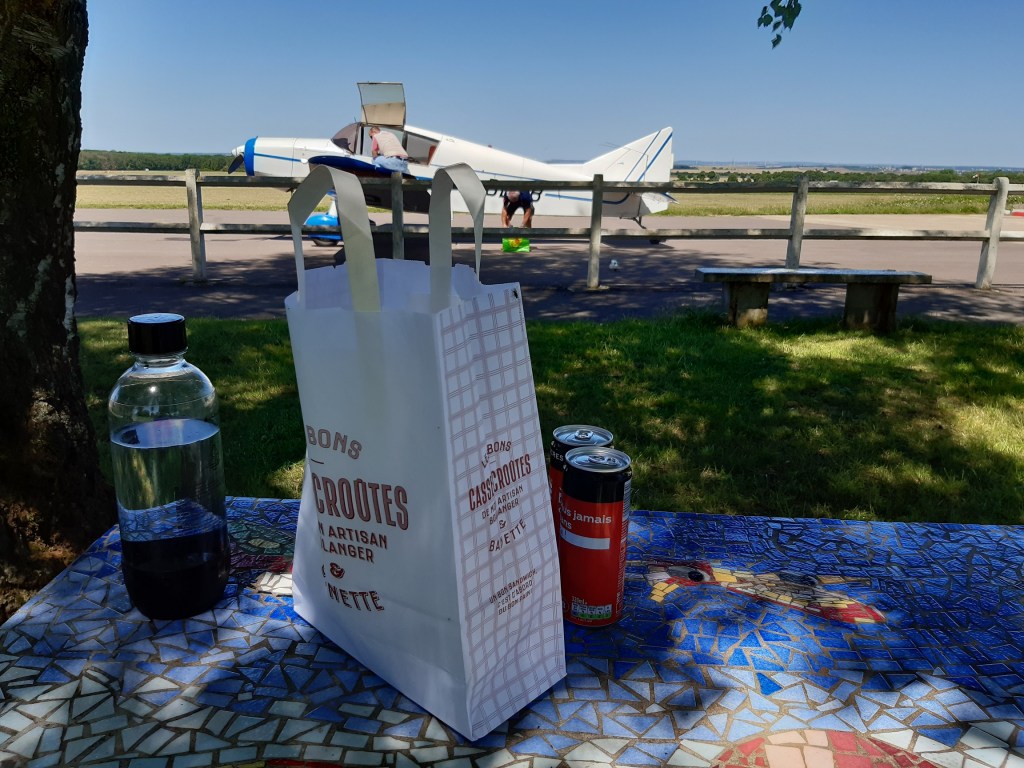

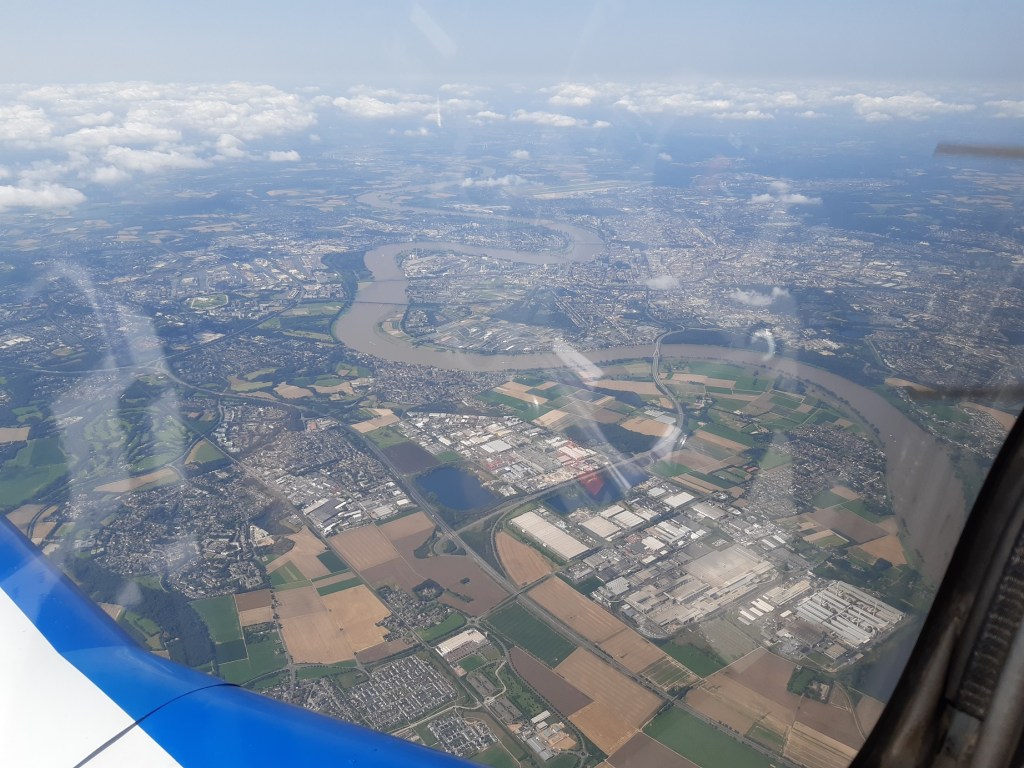



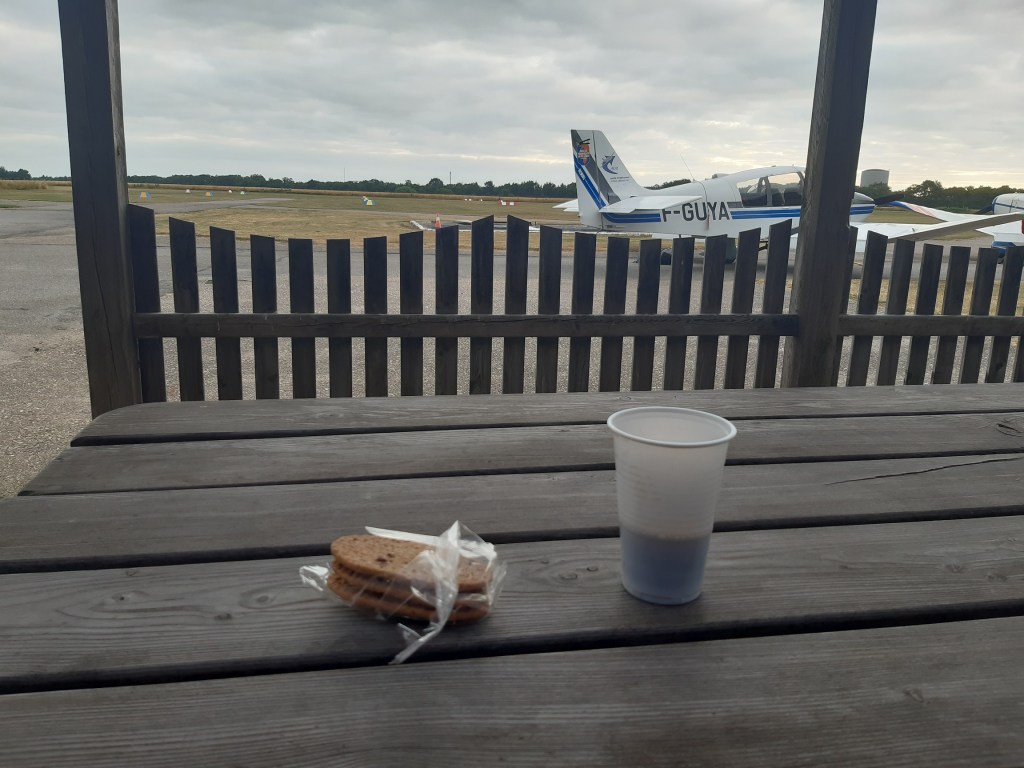
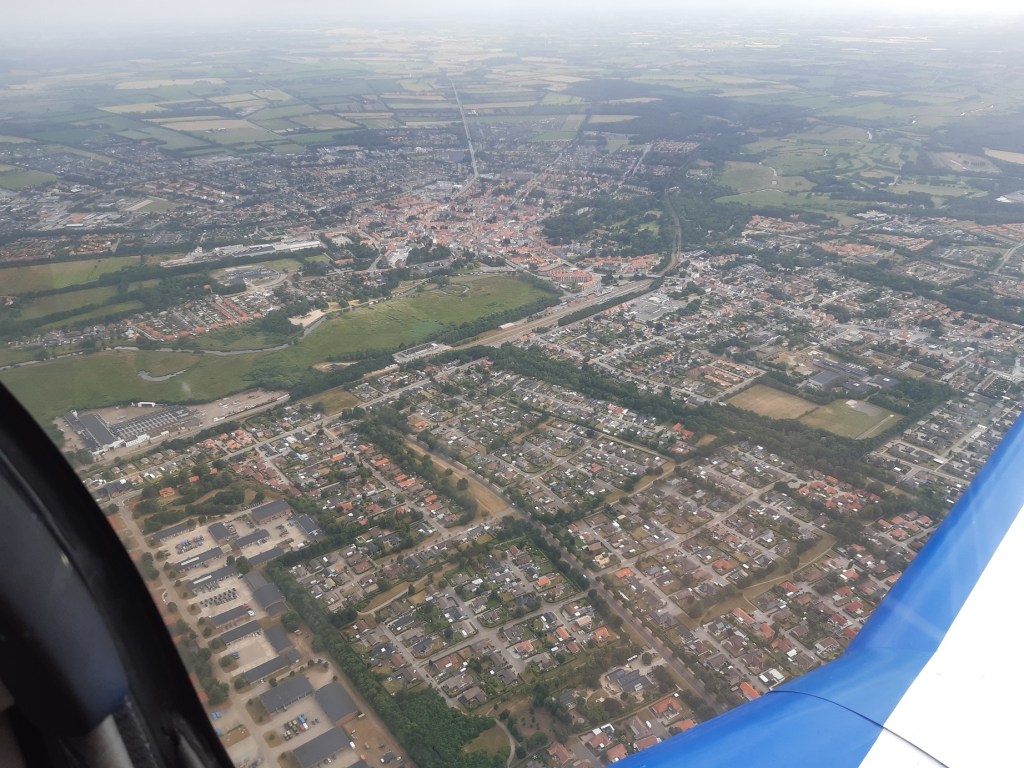

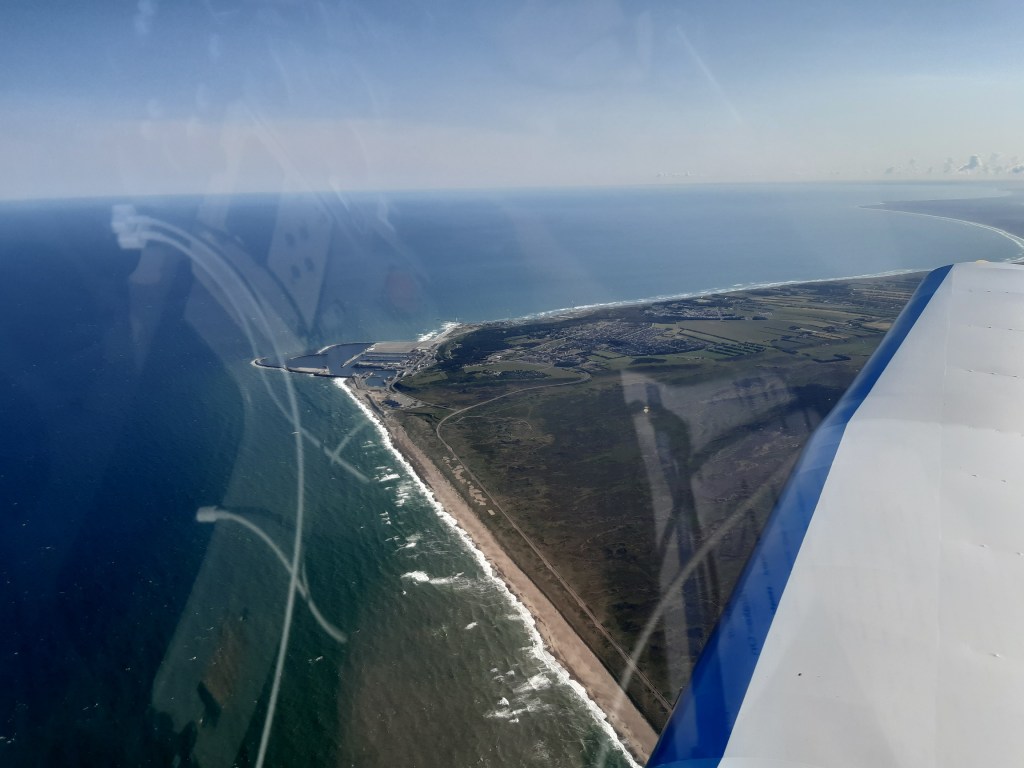



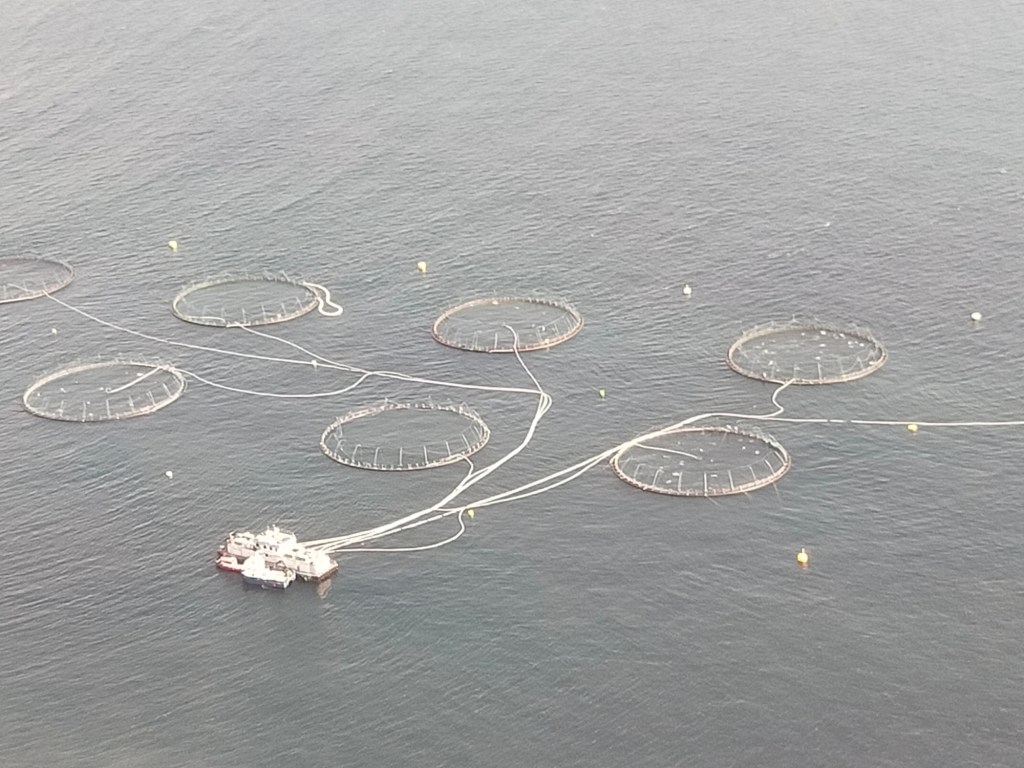





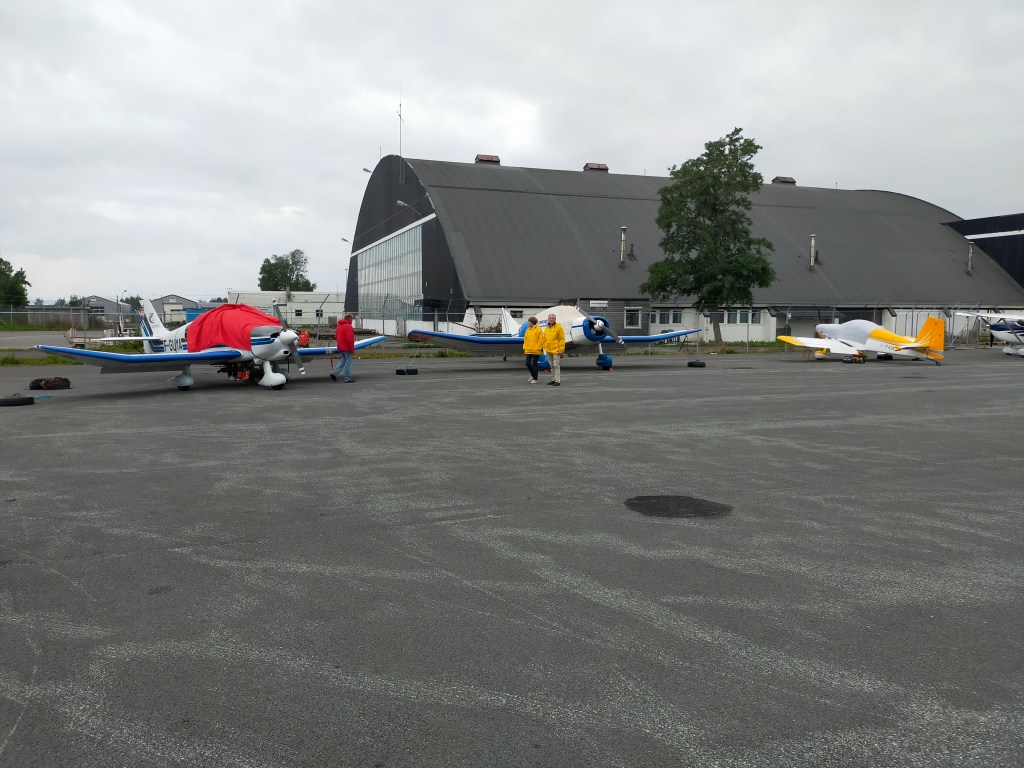
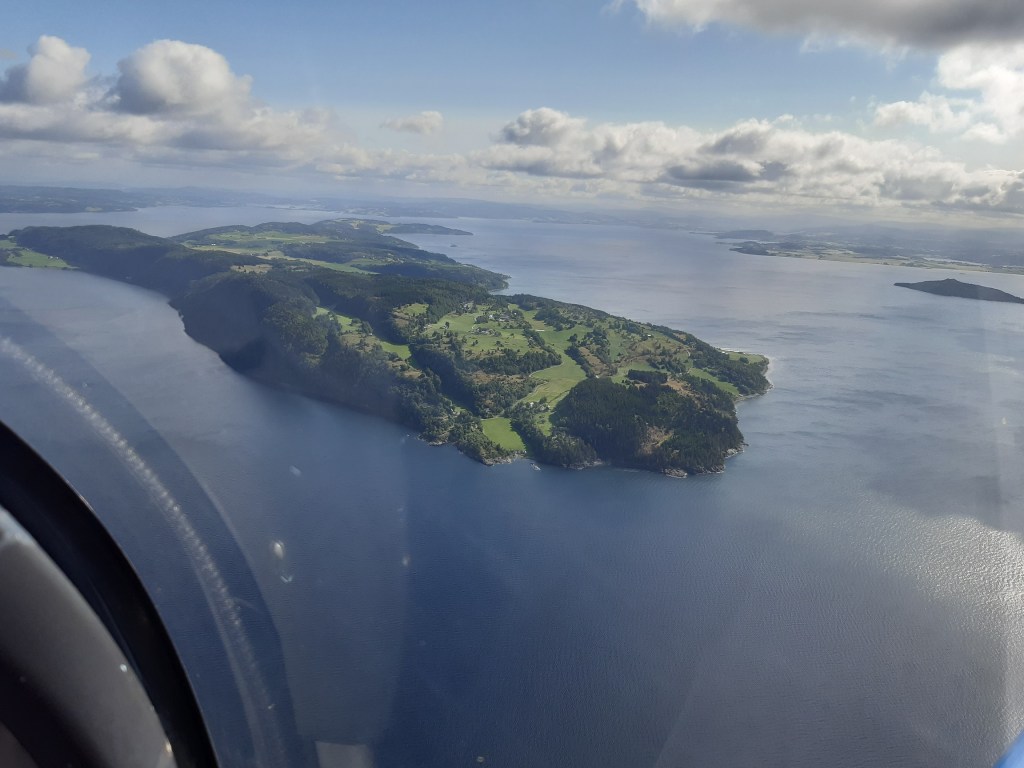


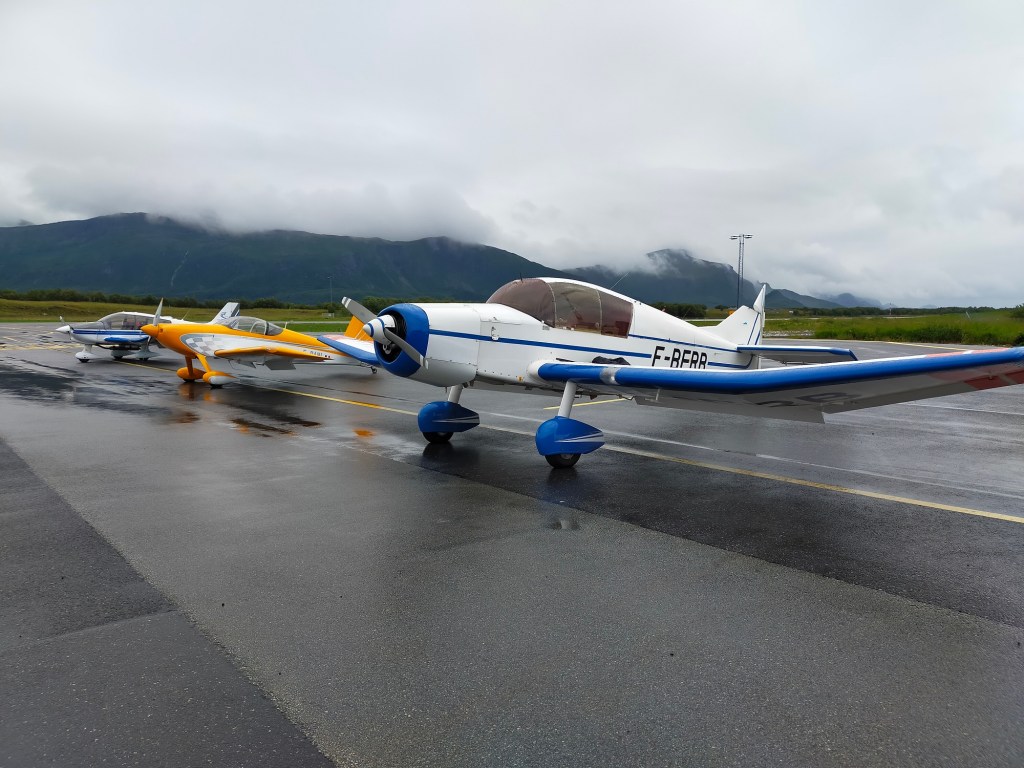

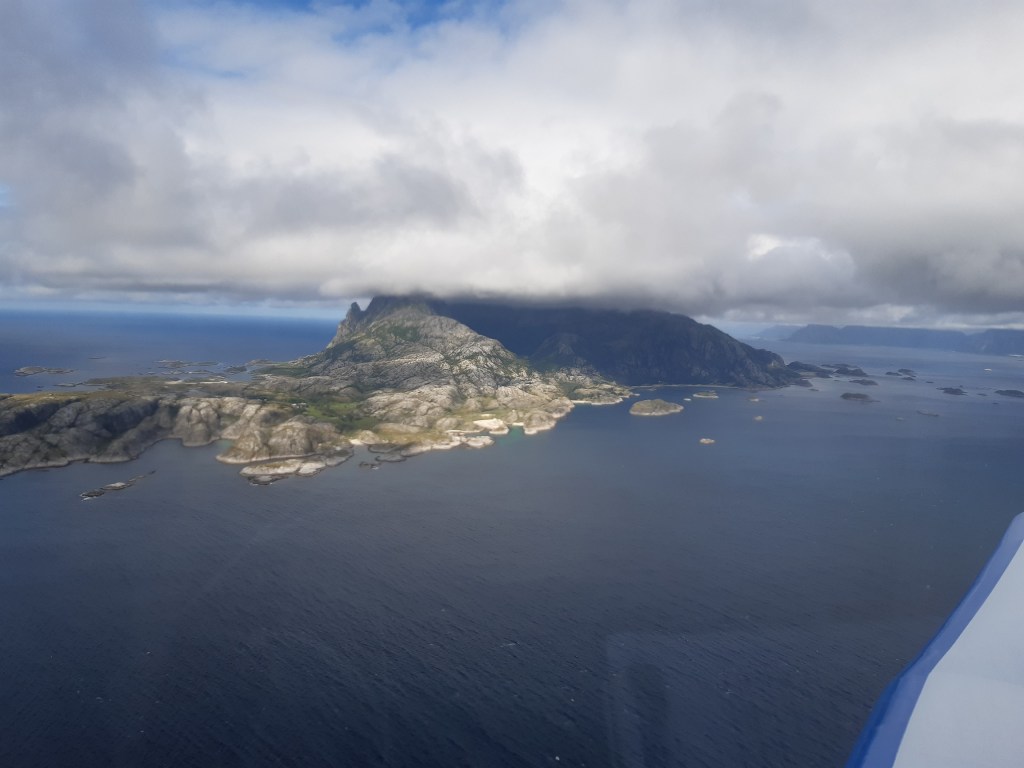







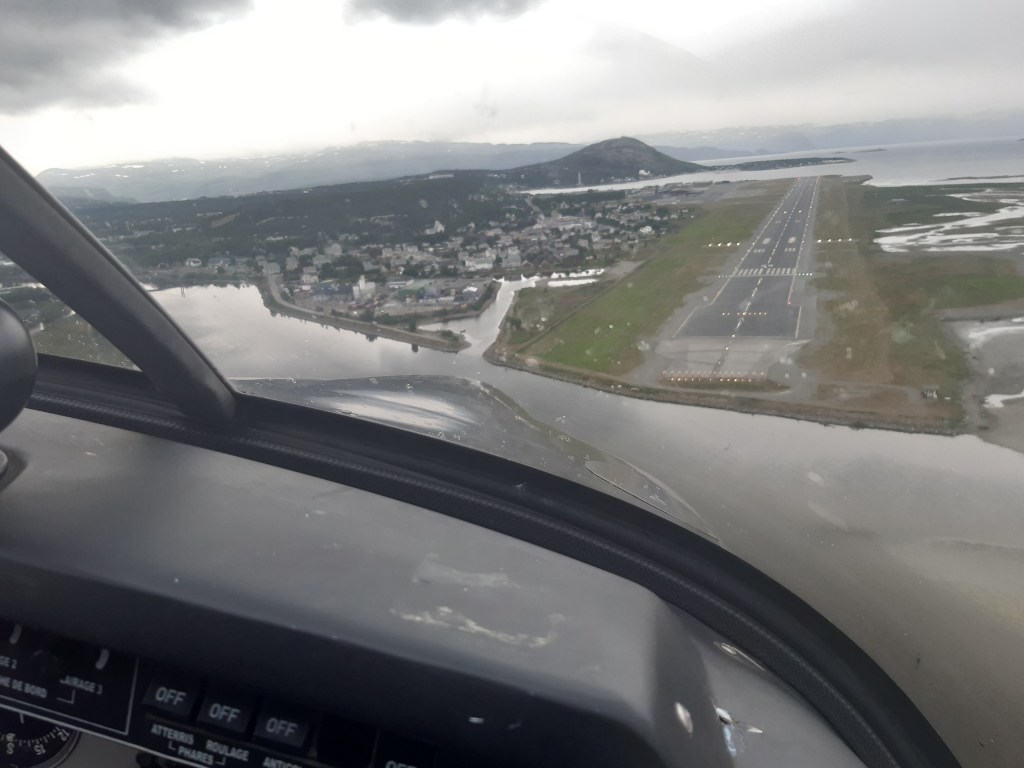






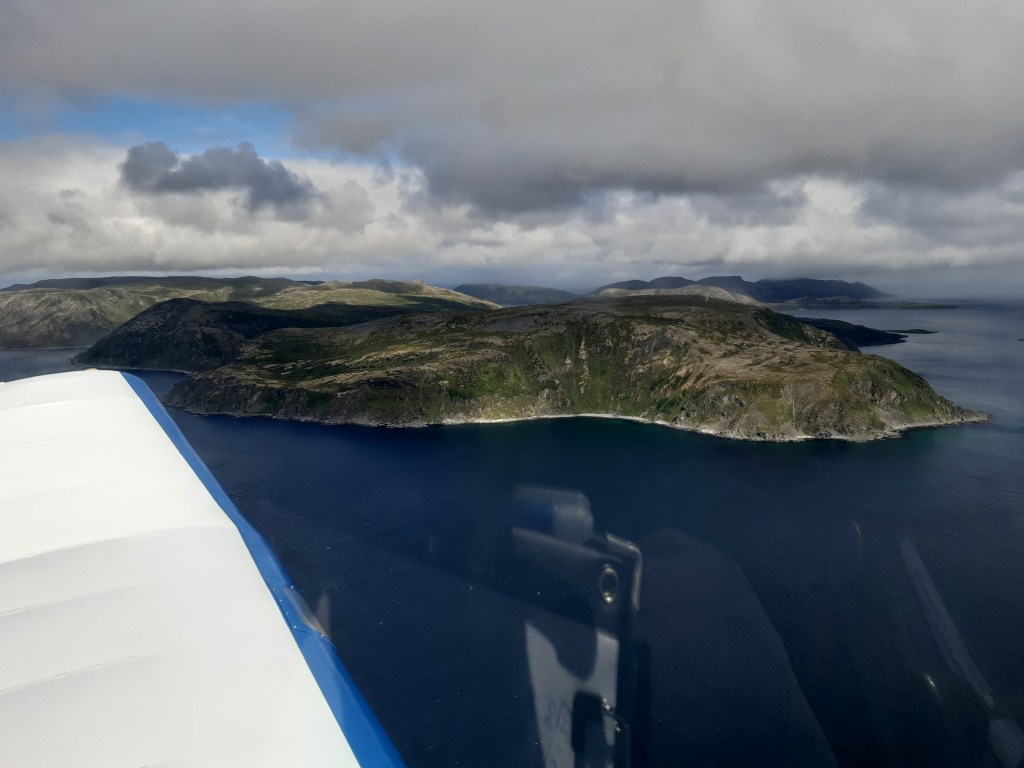
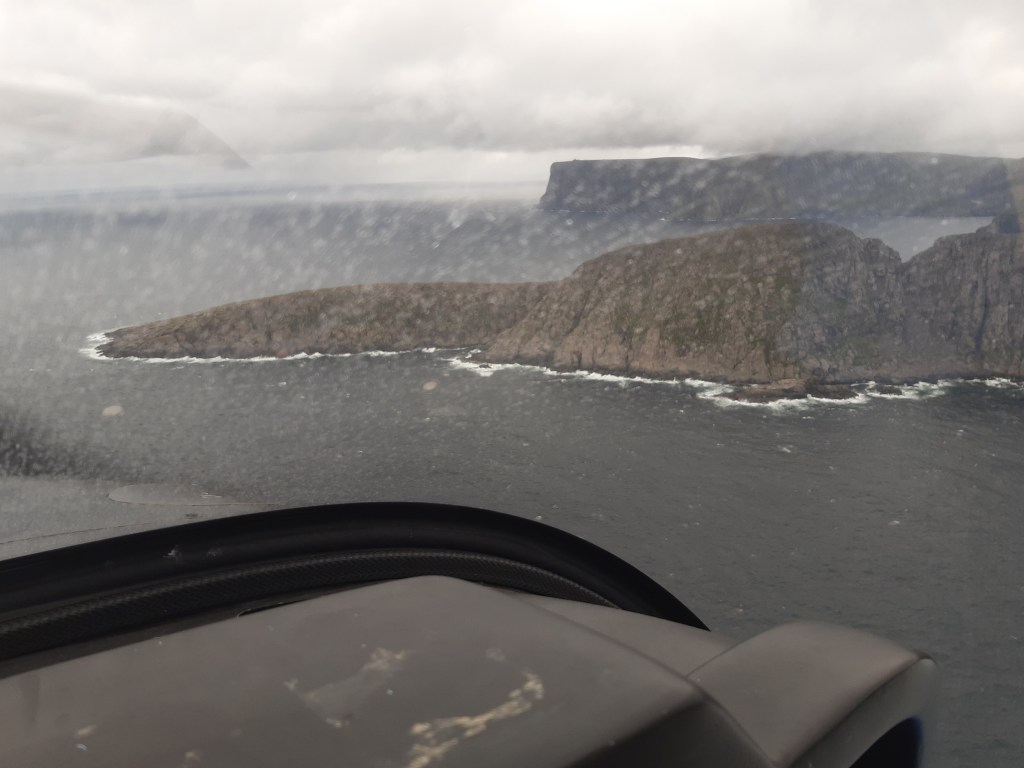
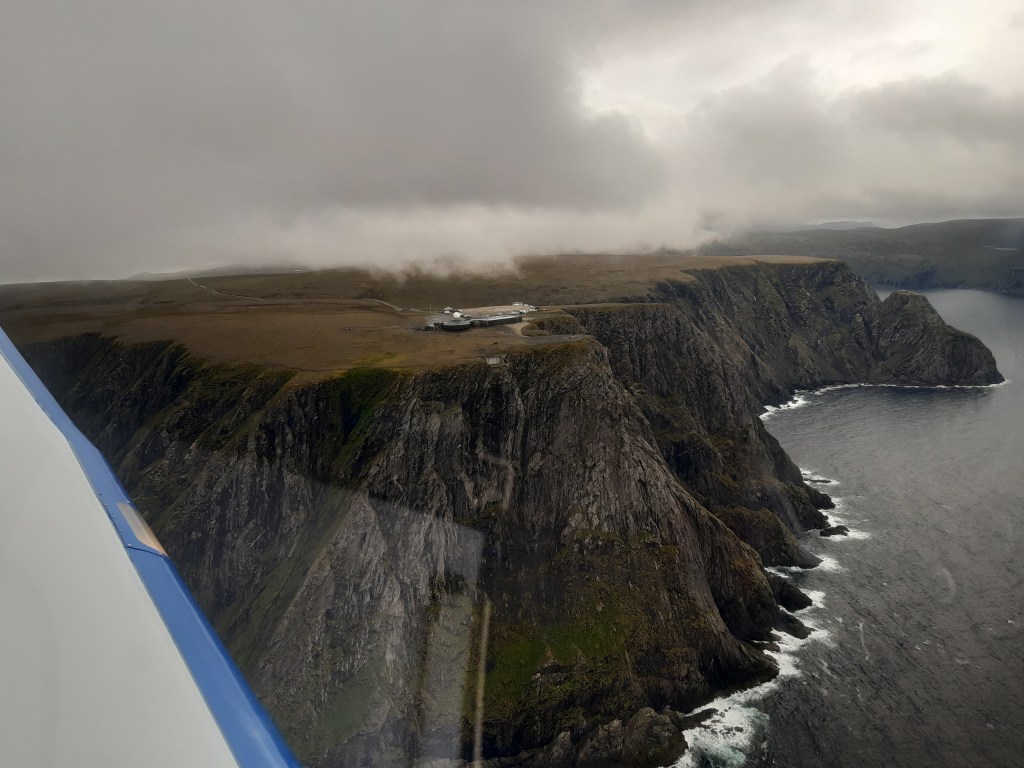

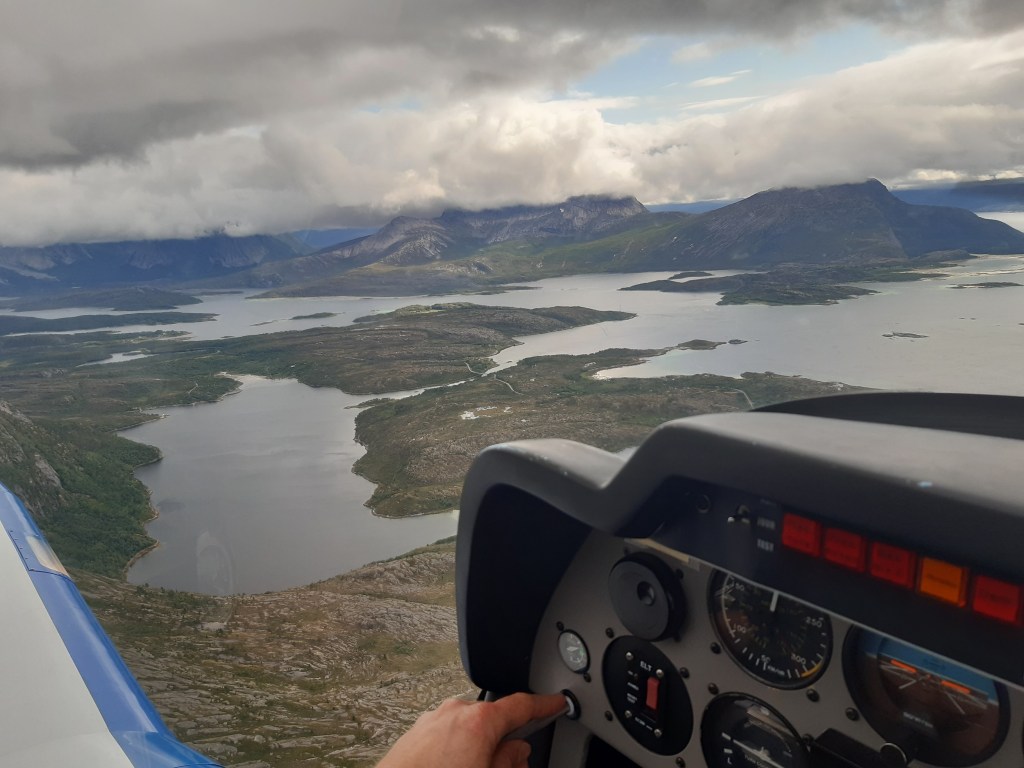
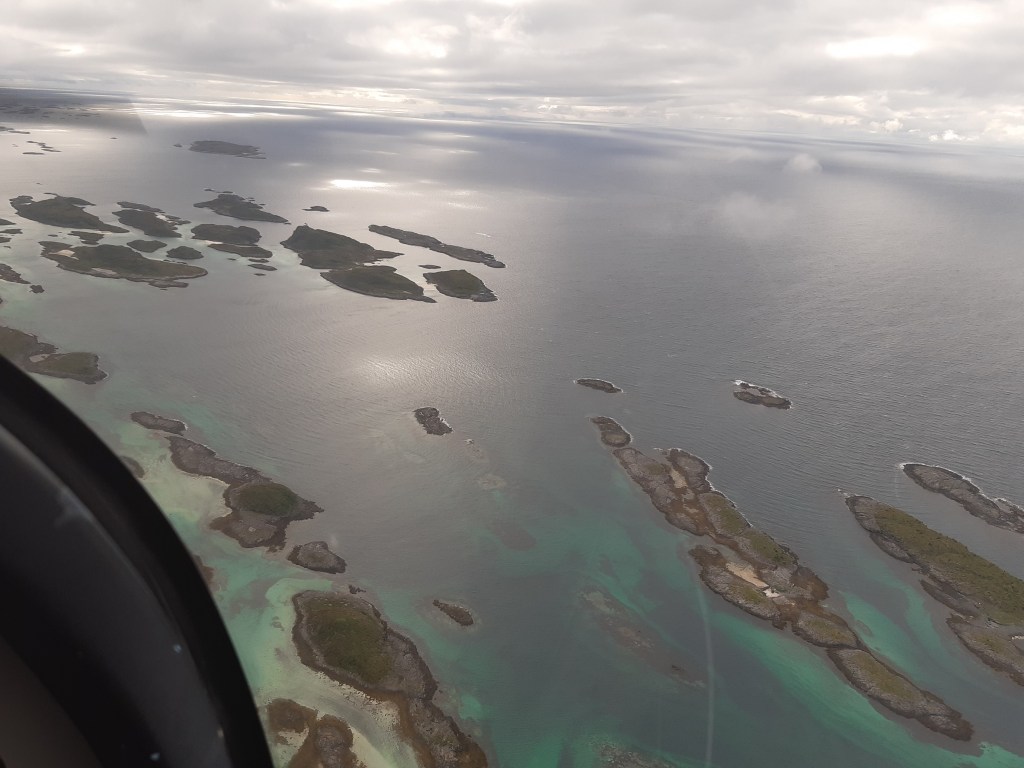




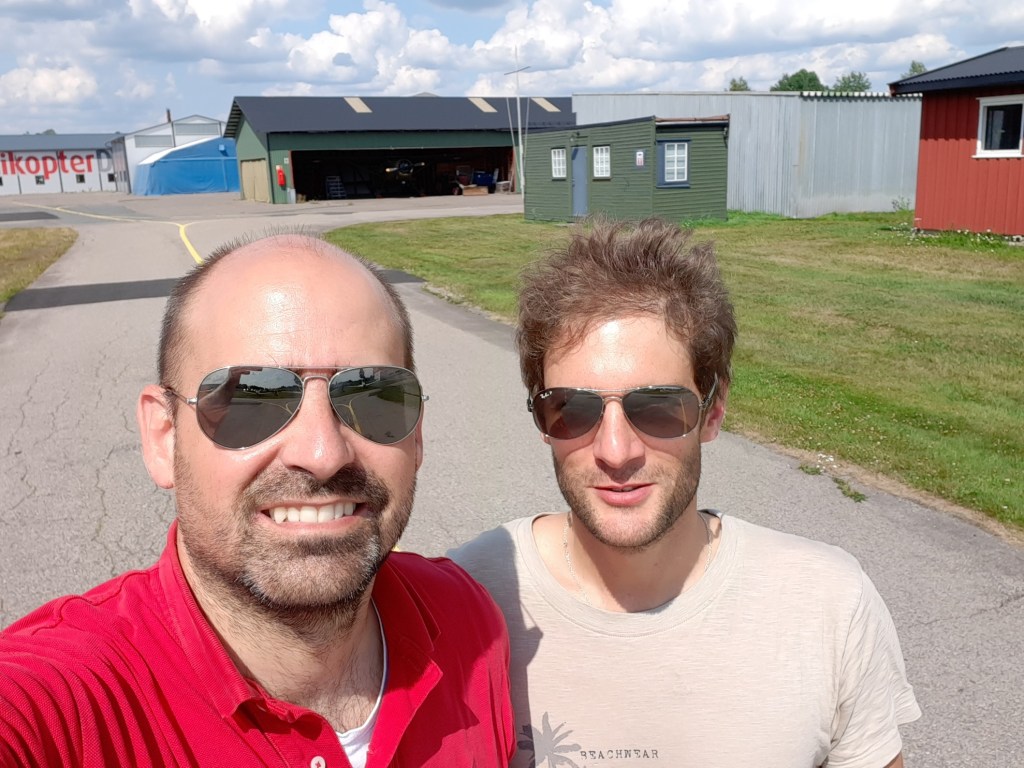








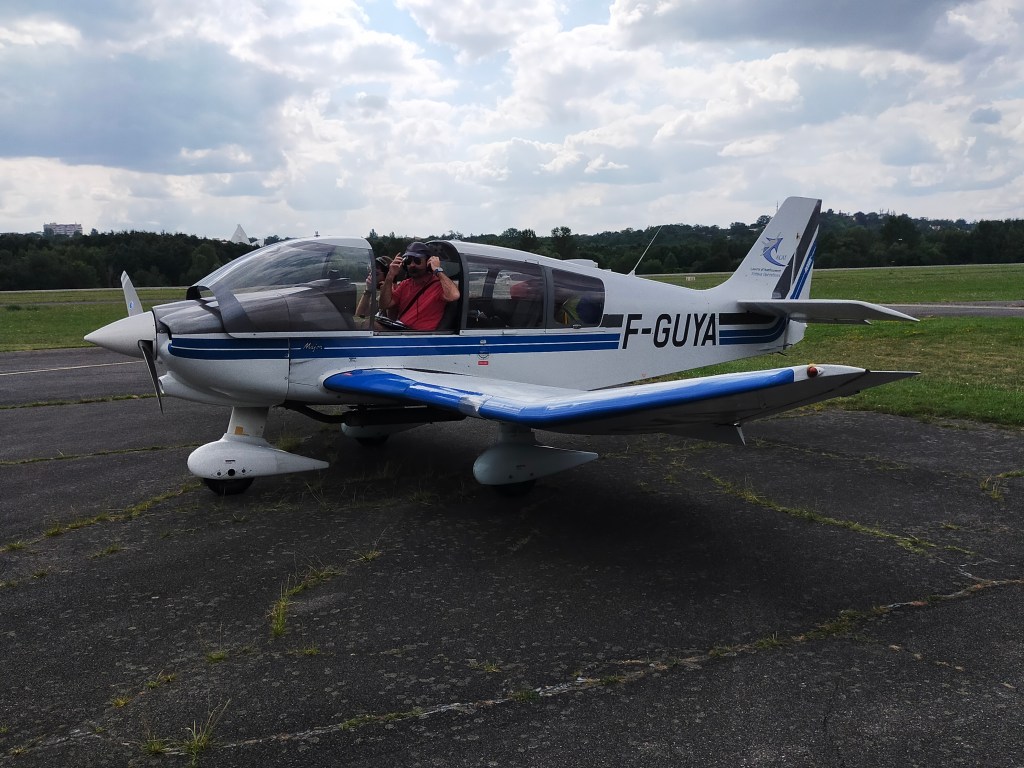


Pingback: Summary of (my) 2021 | The Blog by Javier